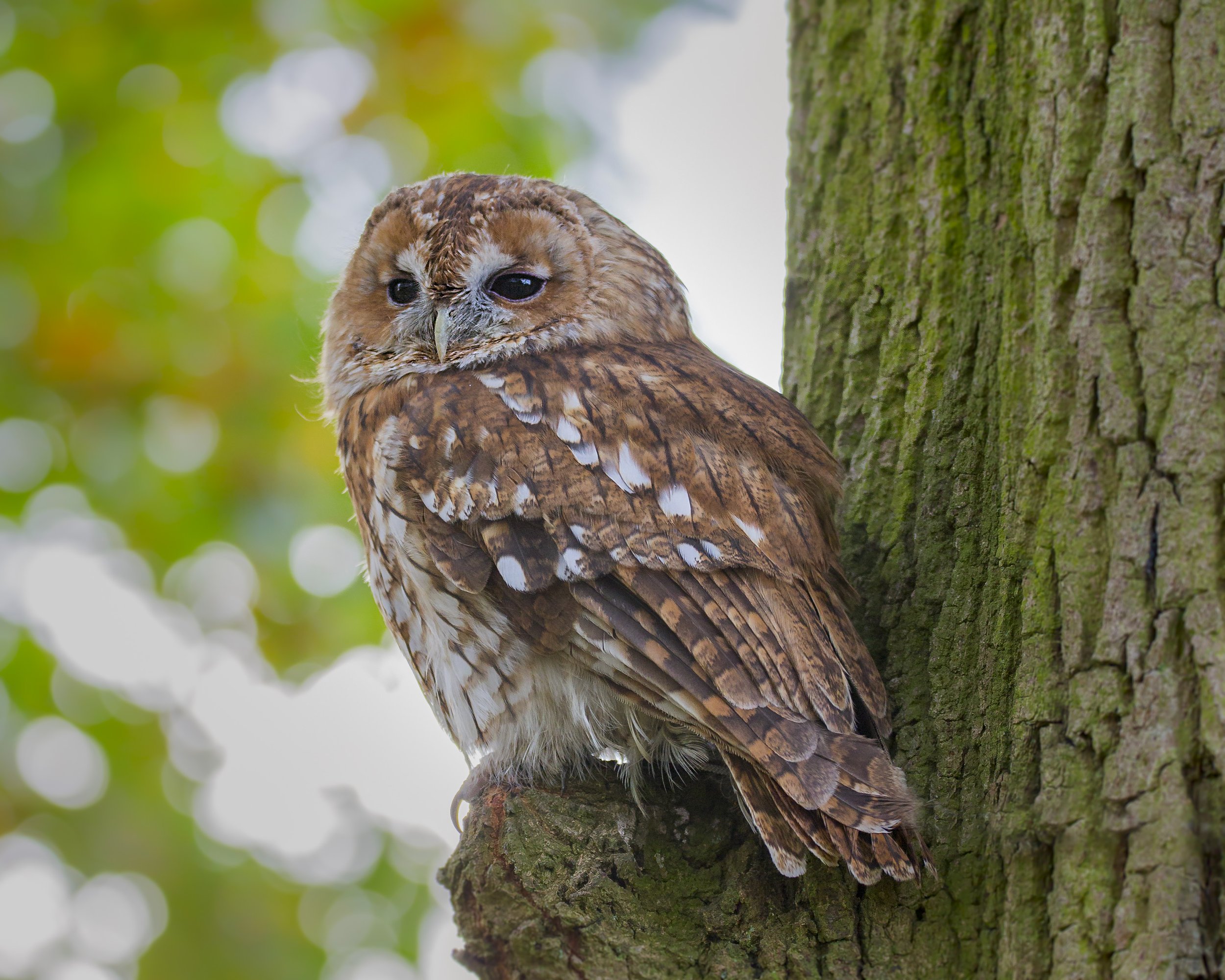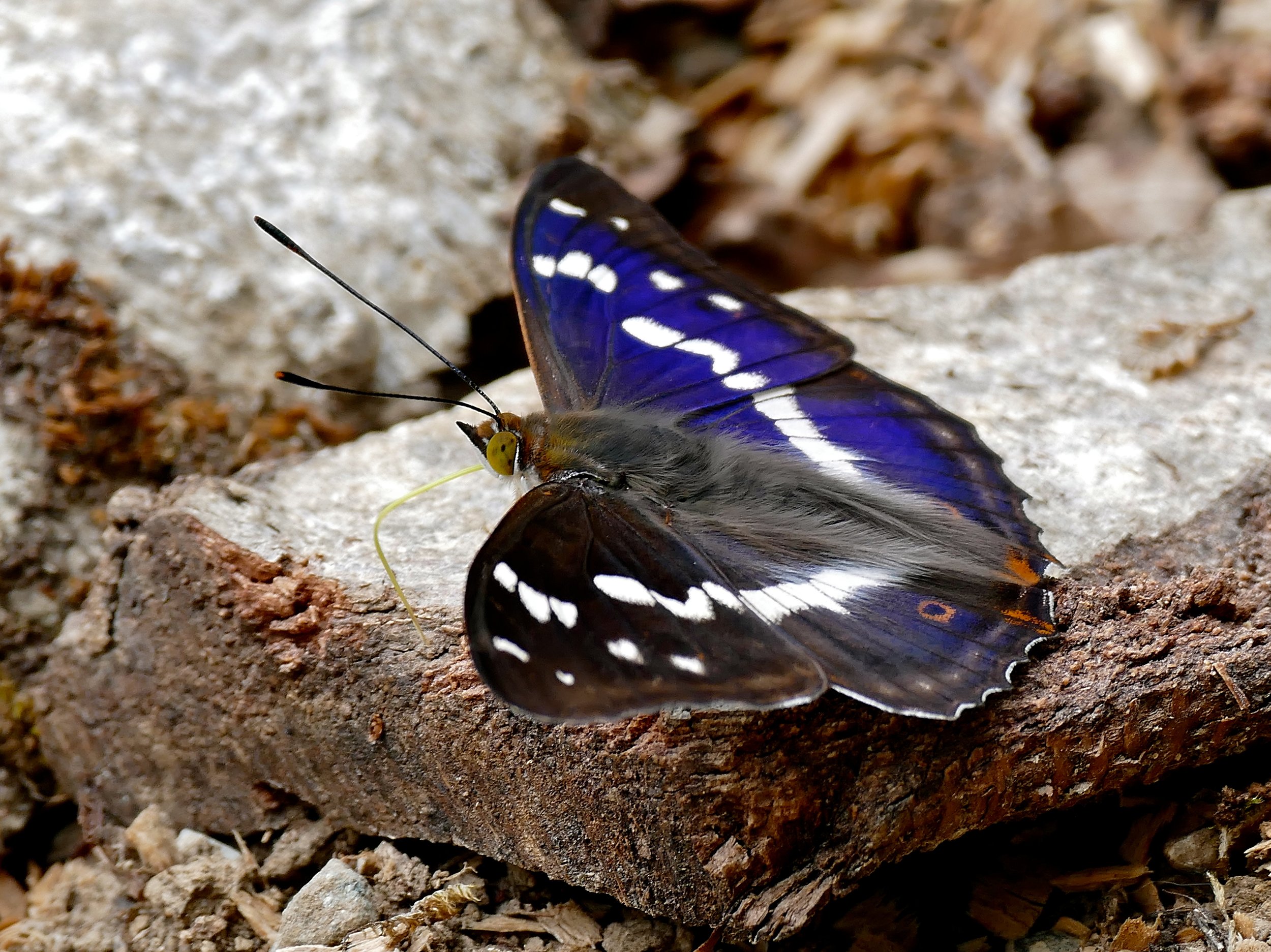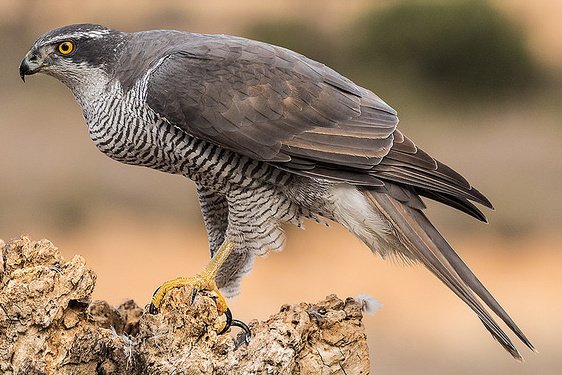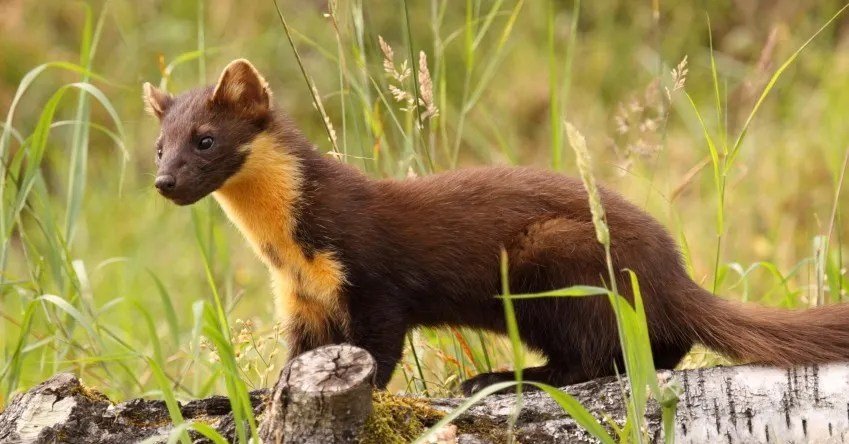Rebuilding the Jenga tower: The role of tree planting
Across much of our planet, forests are in serious crisis. It seems almost as if every day there are new stories of massive deforestation occurring in the tropical forests of the Amazon, southeast Asia, or the vast temperate forests of Europe. Sadly, in many parts of the globe this trend is accelerating, with enormous areas of woodland lost every year. This destruction of these invaluable ecosystems threatens not only the countless species that call them home but also the delicate balance of our planet’s climate.
In the past, the same story has played out in the UK. The modern British landscape is very different from what it once was. In primordial times, shortly after the end of the last ice age, our islands were covered in vast forests. These primaeval woods were home to many species more commonly associated with the mountains of the USA or the wildernesses of Europe, such as wolves, bears and wild boar. Over the intervening centuries, these ancient forests were felled for timber, or to make way for ever expanding farms and urban centres, until the countryside of old was drastically different. The loss of these ancient woods pushed many woodland species into decline. Along with other anthropogenic pressures, species such as pine martens, badgers, goshawks, and pied flycatchers, among many others, declined across the UK as their habitat disappeared. This trend towards forest loss, followed by species decline or even extinction, is a common one repeated countless times across the globe. However, despite all of this loss, there is yet hope for the wildlife of the woods.
Images of woodland species that can benefit from reforestation. Top left: Tawny owl (image courtesy of Karen Bullock), top right: Purple Emperor butterfly (image courtesy of Bernard Dupont), bottom left: Goshawk, and bottom right: Pine marten.
In more recent times, the UK has seen a gradual reforestation and expansion of its tree cover. This natural process of succession, the gradual transformation of neglected land, abandoned fields and green spaces in urban areas, into thriving woodland communities has seen the revival of once lost ecosystems and species across Britain. This woodland expansion also creates more spaces such as scrub and mosaics of important habitat. Many species, such as the pine marten, goshawk, and purple emperor butterfly have recovered in areas where this regeneration has been allowed to occur. Other species, including common woodland birds such as tits, nuthatches, woodpeckers, tawny owls, woodland species of bats, small mammals such as wood mice and bank voles, have also benefited from this increase in available habitat.
The recolonisation of the UK by many rare and once lost species due to the return of our forests is something to be celebrated. It is also something that gives us the hope that in the face of often daunting environmental crises, life can and will prevail. Nature is remarkably resilient and will recover with time and space if we provide it, but we can do more than that. Along with helping natural processes to reforest many areas, we can speed up this process by planting trees, protecting existing woodlands and surrounding areas to allow them to expand, and through managing these habitats to promote biodiversity and carbon storage. With the climate and biodiversity crises finally receiving the urgent attention they deserve, promoting the recovery of our forests is one of the most powerful ways we can help tackle these issues. In so doing, we will provide safe and permanent homes for our beautiful wildlife for generations to come.
To learn more about what species you can hope to see over the coming weeks, check out this post about our woodlands in spring
#TreePlanting #ClimateAction #ForestEcology
By Matthew Hopes, Student Liaison and Blog Writer




